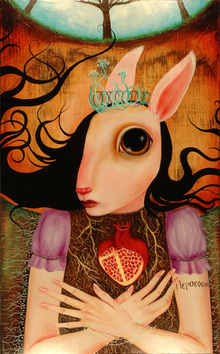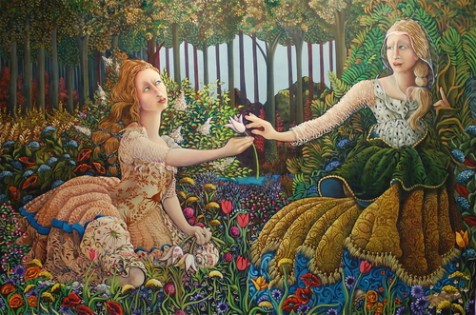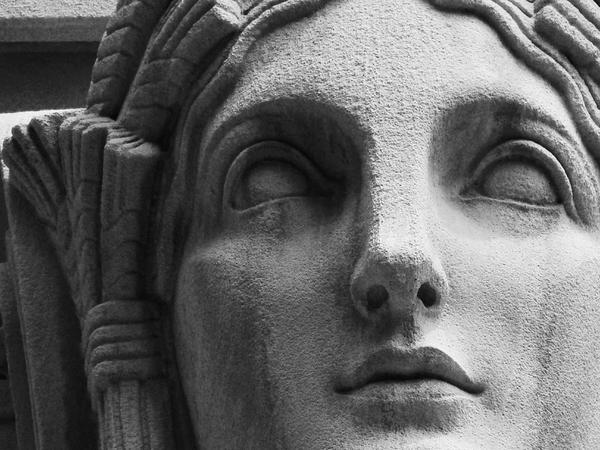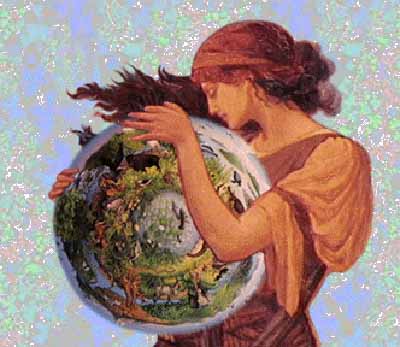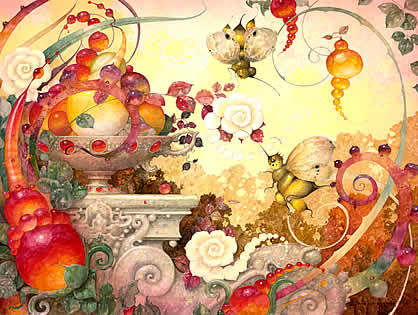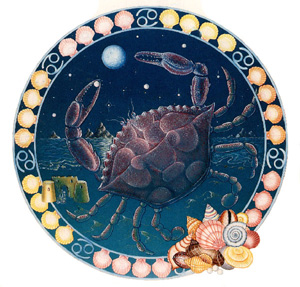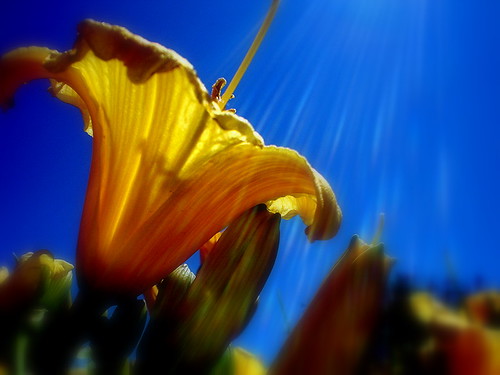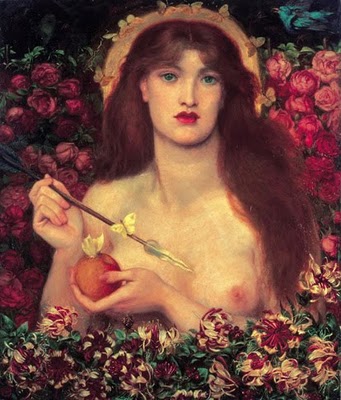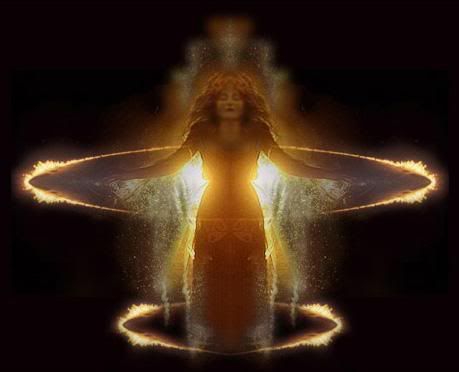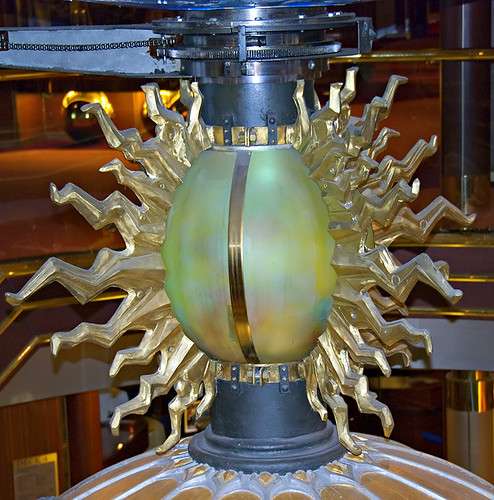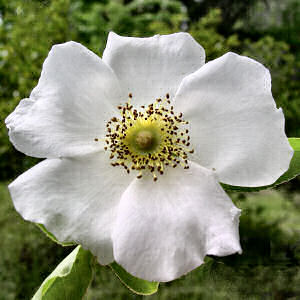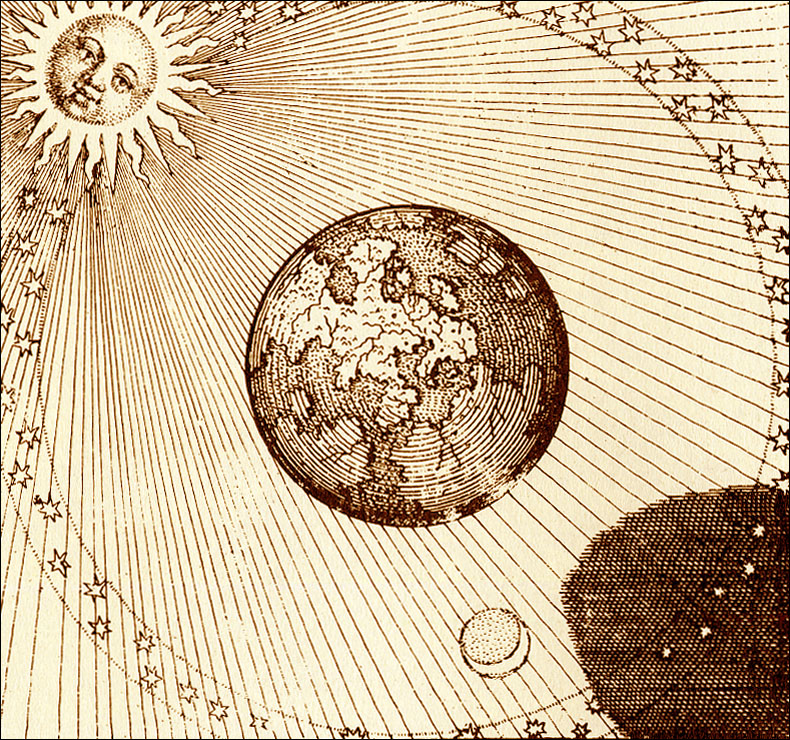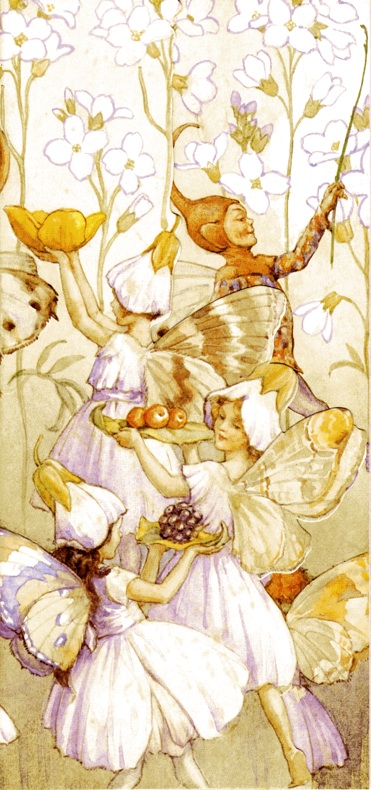All Hallow's Eve!


What we celebrate as Halloween
has its roots in the
Great Festival of Samhain
(pronounced Sow-in)
of pre-Christian Celtic times.
The Celts were a culture thought to
have migrated into Europe
from somewhere north of the Black Sea
about seven thousand years ago.
has its roots in the
Great Festival of Samhain
(pronounced Sow-in)
of pre-Christian Celtic times.
The Celts were a culture thought to
have migrated into Europe
from somewhere north of the Black Sea
about seven thousand years ago.
These old traditions still hold fast in this modern world and are the least diluted in the country of Ireland. For everyone who loves them, they are a repository of ancestral magick that vibrates as powerfully as ever in our lives today.
Samhain was, and is, one of the four
Great Festivals in the
Celtic calendar.
It's the end of summer, time for final harvest
and to bring animals in from the fields.
The old year is over,
and all who've passed are honored
along with the ancestors.
The New Year is born
with the light of a great bonfire.
It's a crossroads time, an in-between,
a void, when there's easy passage out
of what the Celts called the Otherworld.
It's the end of summer, time for final harvest
and to bring animals in from the fields.
The old year is over,
and all who've passed are honored
along with the ancestors.
The New Year is born
with the light of a great bonfire.
It's a crossroads time, an in-between,
a void, when there's easy passage out
of what the Celts called the Otherworld.
Today's Halloween is a remnant
of the Celtic Fire festival,
with add-ons from the later
Roman and Christian church overlay.
of the Celtic Fire festival,
with add-ons from the later
Roman and Christian church overlay.
Around 7th
Century AD,
the Christian hierarchy
began its demonization
began its demonization
of the nature
spirits and the"craft of the wise."
A new holy day was created
called
called
Hallowmas
or Allhallows,
or Allhallows,
now called All Saints' or All Souls' Day.
Over the centuries All Hallows' Eve became All Hallow e'en, which today
we know
as Halloween.

At Halloween and Samhain,
it's said that the veil is thin between the worlds.
it's said that the veil is thin between the worlds.
The Otherworld
in Celtic myth
is a land where nobody dies or gets old,
there's plenty of honey, fruit and wine
and treasures of all kinds.
is a land where nobody dies or gets old,
there's plenty of honey, fruit and wine
and treasures of all kinds.
It was known as Tir na n-Og,
the Land of Youth,
Heaven.
At Samhain, the divine race of the other world, the Tuatha De Danann, or Dannanns for short, would go walkabout and freely roam.
They came out of the Otherword through the
They came out of the Otherword through the
fairy mounds, to make mischief.
From this sense of collapsed boundaries
between worlds
came warnings to stay home,
and rituals of scaring away spirits
or playing with them by wearing masks.
between worlds
came warnings to stay home,
and rituals of scaring away spirits
or playing with them by wearing masks.
Dressing up in costumes
was a way of making the ancestors feel safe to come and mingle amongst the living
for a night.
The Druids were the shamanic elders of the Celts, not unlike the wizard Gandalf in Lord of the Rings.
Rather than being an intermediary for a sky-God, they had intimate
knowledge of the terrestrial, ethereal, elemental and the primordial.
Some of their wisdom has been lost, because they passed it on through an
oral tradition.
And yet, what's been lost, can be remembered
and reclaimed, as many are doing now.
With the enhanced psychic sight of Scorpio time, it seems possible to see
mystical
and mythical creatures.
Like ghosts,
I suspect they're
most at home in overgrown,
natural places.
It's a time to see rare entities,
or bring them to life through the imagination;
such as
the trickster pixies,
gnomes, and watery spirits
like the sprites,
silkies and
nymphs.
Look no further
than the nearest Oak
and its spirit known as the dryad,
to bring the sacred into the season.
For all it gave,
the Oak
was sacred
to the Celtic people,
as a door to the underworld.
It's interesting to note
that the word door comes from
the Celtic word for oak, which is duir.
And since the Celts considered trees the ancestors,
it's a wonderful time to sit
under your favorite
Duir to the underworld,
or give one a hug.
Samhain is the gateway into winter,
taking us on a journey where the night gains more and more strength
until we reach the rebirth
found on Winter Solstice,
and as such these celebrations
are at the sunset of the dying year.
Give thanks for all the love, life
and experiences of
your last year.
What would you like to place on the bonfire of this fire celebration?
What no longer serves you and can be
tossed into the cauldron,
to be cooked down into raw life energy that will fuel your next cycle of rebirth?
Halloween is a bewitching time of the year, when the sharper psychic powers could find you having breakthroughs of inter-species understanding.

The familiar of the witch or wizard
is traditionally a black cat, toad or owl,
the predator bird
with night vision.
Each of the three witches in Macbeth
has a familiar;
a cat named Graymalkin,
a hedge-hog named Paddock
and an owl called
Harpier.
Just as the indigenous North Americans used animals as messengers and
scouts, witches' familiars are thought to be little helpers.
Life just wouldn't be the same without them!
And yet, what's been lost, can be remembered
and reclaimed, as many are doing now.
With the enhanced psychic sight of Scorpio time, it seems possible to see
mystical
and mythical creatures.
Like ghosts,
I suspect they're
most at home in overgrown,
natural places.
It's a time to see rare entities,
or bring them to life through the imagination;
such as
the trickster pixies,
gnomes, and watery spirits
like the sprites,
silkies and
nymphs.
Look no further
than the nearest Oak
and its spirit known as the dryad,
to bring the sacred into the season.
For all it gave,
the Oak
was sacred
to the Celtic people,
as a door to the underworld.
It's interesting to note
that the word door comes from
the Celtic word for oak, which is duir.
And since the Celts considered trees the ancestors,
it's a wonderful time to sit
under your favorite
Duir to the underworld,
or give one a hug.
Samhain is the gateway into winter,
taking us on a journey where the night gains more and more strength
until we reach the rebirth
found on Winter Solstice,
and as such these celebrations
are at the sunset of the dying year.
Give thanks for all the love, life
and experiences of
your last year.
What would you like to place on the bonfire of this fire celebration?
What no longer serves you and can be
tossed into the cauldron,
to be cooked down into raw life energy that will fuel your next cycle of rebirth?
Halloween is a bewitching time of the year, when the sharper psychic powers could find you having breakthroughs of inter-species understanding.

The familiar of the witch or wizard
is traditionally a black cat, toad or owl,
the predator bird
with night vision.
Each of the three witches in Macbeth
has a familiar;
a cat named Graymalkin,
a hedge-hog named Paddock
and an owl called
Harpier.
Life just wouldn't be the same without them!
Halloween is a season
of magically re-wilding our culture,
which is way too over domesticated!
which is way too over domesticated!
It's one of the few times for some,
of giving embodiment to the primordial soul through costume.
of giving embodiment to the primordial soul through costume.

It's Scorpio's
season,
Zodiac sign of death and transformation,
and the time of solar diminishing.
All this evokes the dark mysteries of dying,
being held by an unseen force (demons),
being haunted, and of entities trapped
between worlds.
Zodiac sign of death and transformation,
and the time of solar diminishing.
All this evokes the dark mysteries of dying,
being held by an unseen force (demons),
being haunted, and of entities trapped
between worlds.
Some mythic beasts, however, come to live through the power of the
human imagination.
At Halloween,
we come closest to
living out
the inner beast,
or encountering the killer instinct
of the
mythic (or real) predator,
through scary costumes.
The minotaur is half-man and half-bull, the centaur
is half horse and half man, and the satyr is half man and half goat.
Then there are ogres, trolls and goblins!
Take your pick.
Then there are ogres, trolls and goblins!
Take your pick.
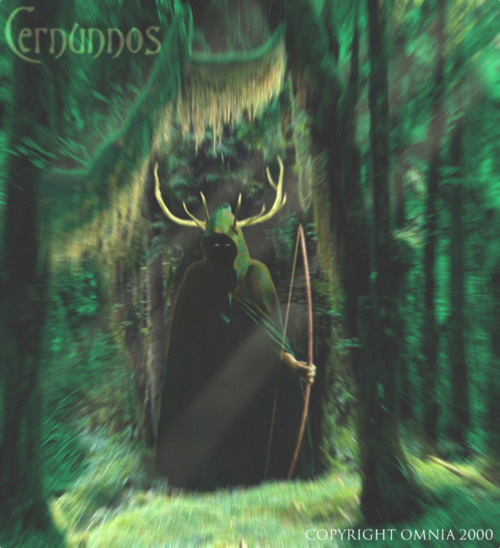
This potent remnant of indigenous Europe has become fixed in the modern
imagination,
and it's yet another way
that Halloween reminds us of the past,
when the dark mysteries and supernatural
were part of everyday life.
And those considered wise, were the ones who understood animal medicine,
and were close intimates
with these relations.
and it's yet another way
that Halloween reminds us of the past,
when the dark mysteries and supernatural
were part of everyday life.
And those considered wise, were the ones who understood animal medicine,
and were close intimates
with these relations.

It is our incredibly rich birthright
to remember, reclaim
and celebrate the essence of this deliciously Scorpionic time.
Today October 22, 2012 at 5:14pm PDT
the Sun has moved into the sign of Scorpio.
Here the Sun (identity) joins a newly entered Saturn(big lessons),
Mercury(perception, citta)
as well as
the north node of the Moon
(evolutionary growth edge).
Its is a potent time people.
the Sun has moved into the sign of Scorpio.
Here the Sun (identity) joins a newly entered Saturn(big lessons),
Mercury(perception, citta)
as well as
the north node of the Moon
(evolutionary growth edge).
Its is a potent time people.
Heroes of the Dawn, Celtic Myth, Time-Life Books: 1996.
Pagan Origins of Halloween, by Rowan Moonstone
Halloween, by Joanne O’Sullivan, Lark Books: 2003.
















